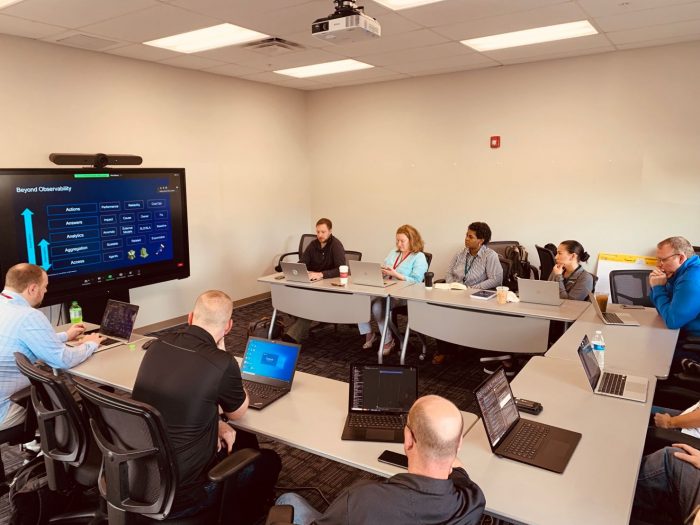Charles Barnett Education | Expressive Movement: Connecting Emotion with Music
In addition to rhythm and coordination, movement can be used to explore the expressive elements of music, such as dynamics, articulation, and mood. Incorporating dance into music teaching allows students to embody the emotional content of music through physical movement, deepening their connection to the music they are learning. Start by selecting pieces of music with clear emotional themes or narratives, encouraging students to interpret the music through expressive movement.
Through dance, students can explore the nuances of musical expression, from delicate adagios to lively allegros. Encourage students to use their bodies to convey the dynamics, phrasing, and character of the music, allowing them to become active participants in the storytelling process. By connecting emotion with movement, students develop a deeper appreciation for the expressive power of music, enriching their musical experiences and performances.
 beta
beta beta
beta












